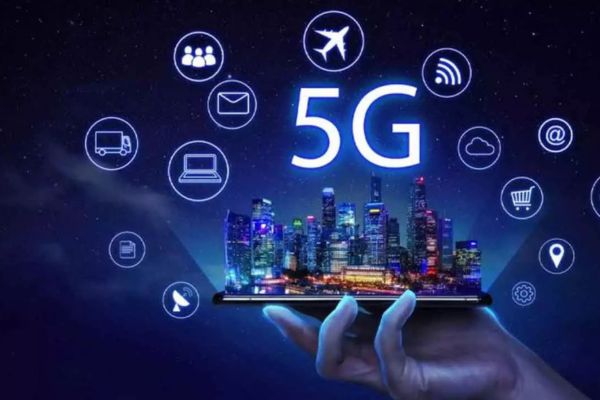
The digital world is evolving faster than ever, and connectivity is at the heart of this transformation. While 5G technology is still being rolled out across the globe, researchers and tech giants are already setting their sights on 6G networks the next big leap in wireless communication. Both 5G Technology and 6G promise to reshape industries, enhance digital experiences, and redefine how humans and machines interact in real-time.
What Makes 5G Revolutionary?
5G is not just a faster version of 4G it’s a game-changer in terms of speed, latency, and capacity.
- Ultra-fast speeds: Up to 10 Gbps, nearly 100x faster than 4G.
- Low latency: As low as 1 millisecond, enabling instant communication.
- Massive IoT support: Connecting billions of devices simultaneously.
Real-World Applications of 5G
- Smart Cities – enabling real-time traffic management, smart grids, and public safety systems.
- Healthcare – remote surgeries powered by ultra-low latency networks.
- Autonomous Vehicles – self-driving cars communicating with each other and infrastructure.
- Immersive Experiences – seamless AR/VR and cloud gaming with no lag.
5G lays the groundwork for the Internet of Everything (IoE) by connecting people, devices, and machines seamlessly.
Enter 6G: The Next Frontier
While 5G is still expanding, 6G technology is expected to launch commercially around 2030. 6G won’t just be an upgrade—it will represent a new era of connectivity.
Expected Features of 6G
- Speeds up to 1 Tbps – unimaginable data transfer capabilities.
- Near-zero latency – enabling real-time holographic communication.
- Integration with AI – networks that can self-optimize and manage data intelligently.
- Satellite + Terrestrial Networks – seamless global connectivity, even in remote regions.
6G vs 5G Technology: What’s the Difference?
| Feature | 5G Technology | 6G (Expected) |
|---|---|---|
| Speed | Up to 10 Gbps | Up to 1 Tbps |
| Latency | ~1 ms | <0.1 ms (near-instant) |
| Connectivity | Billions of IoT devices | Trillions of smart objects |
| Technology | Enhanced mobile broadband | AI-driven intelligent network |
The Impact of 6G on the Future
6G is expected to revolutionize industries and daily life in ways we can barely imagine today.
- Holographic Communication – replacing video calls with lifelike 3D holograms.
- Brain-Computer Interfaces – enabling direct communication between human thoughts and machines.
- Global Smart Ecosystem – connecting smart homes, cities, factories, and healthcare into a unified system.
- Metaverse & Extended Reality (XR) – offering hyper-realistic digital experiences with zero lag.
Challenges Ahead
While 5G Technology and 6G promise revolutionary advancements, several challenges remain:
- Infrastructure Costs – building advanced towers, satellites, and fiber networks.
- Energy Consumption – managing sustainability in massive networks.
- Security & Privacy – protecting users in hyper-connected environments.
- Global Standardization – ensuring uniform adoption across countries.
Conclusion
5G Technology is transforming the present, but 6G will define the future. Together, these next-generation networks are not just about faster speeds, they are about enabling smarter cities, intelligent industries, immersive experiences, and global inclusivity.
As we move towards 2030, the future of connectivity will be powered by the seamless integration of 5G Technology and 6G technologies, redefining the way we live, work, and communicate. Also read about blockchain technology.
